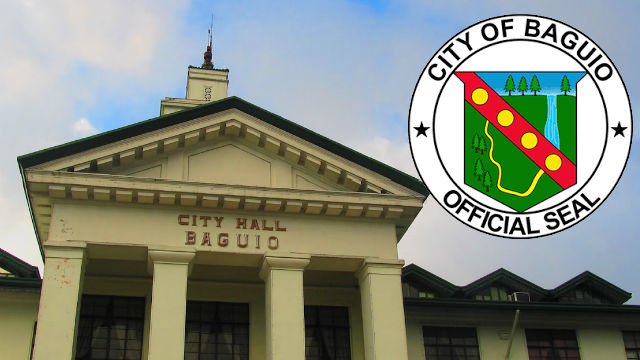BAGUIO CITY – The region’s inflation rate or the average increase in prices of goods and services rose from 1.9 percent in October last year to 5.2 percent in October this year, a report from the Cordillera office of the Philippine Statistics Authority (PSA-CAR) stated.
The PSA-CAR added that Kalinga posted the highest inflation rate at 8.8 percent followed by Apayao at 8.4 percent and Ifugao at 5.9 percent.
Further, inflation rates of all the provinces in October this year surpassed the October 2017 inflation rates.
The PSA-CAR stated that Apayao posted the highest acceleration with 8.2 percentage points, followed by Kalinga with 6 points, and Mountain Province with 4.2 points.
By commodity group year on year, the inflation rate of the heavily weighted food and non-alcoholic beverages index in the region recorded no significant change as compared with the previous month but alcoholic beverages and tobacco had the highest inflation among other commodities with 21.6 percent, followed by health with 7.3 percent. Education incurred a negative inflation rate with 1.3 percent.
By food items year on year, corn had an inflation of 22.5 percent followed by vegetables with 21.8 percent while fish had only 6.6 percent where the said sectors persisted to be the top three price increases.
On the other hand, oils and fats had the lowest inflation rate at 2.3 percent in October 2018.
The PSA-CAR explained that inflation rate is the rate of change in the average price level between two periods, year on year or month on month, as measured by the consumer price index.
The region’s recorded inflation rate in October this year was much lower compared to the 6.7 percent overall inflation rate recorded by the national government from the different parts of the country.
The PSA-CAR reported that it will be releasing data on the region’s inflation rate from time to time to help the public understand the fluctuation on the average prices of goods and services sold in the market between two reckoning periods that will be established for the said purpose.
From 2006 as base year, the PSA-CAR used 2012 as its revised base year considering the noticeable change in the prices of basic goods and services being sold in the market.
PSA-CAR defined the base year as the reference of the index number series, at which the index number is set to 100 and it is the reference point to the index number series.
The PSA is the government’s statistical agency tasked to issue informative data to the public for the people to understand the current trends in the country’s economy and other major indicators and how the regions perform in terms of supporting the country’s desired economic growth that will result to a well-informed populace.
By Dexter A. See














